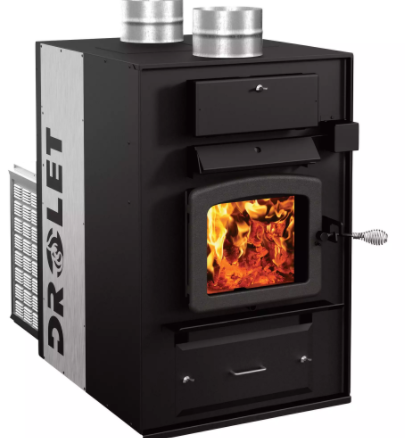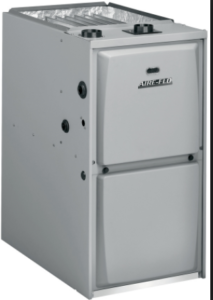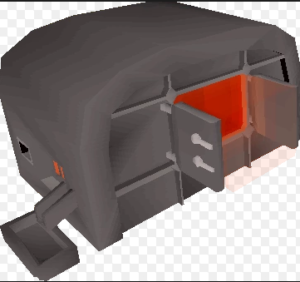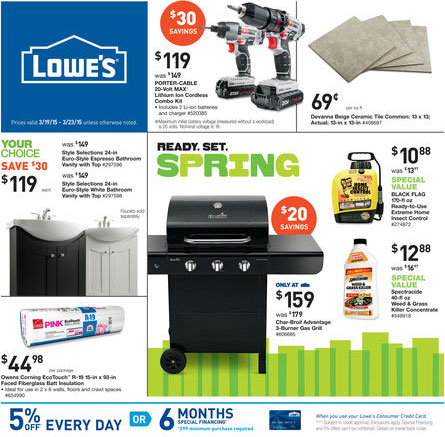Tips to help you repair your furnace

A furnace might need repair from time to time. In fact, the furnace can decide to stop working any time. You do not have to panic however when they stop working. Basic home repairs can get them back to work. Below are some of the DIY repair tips you need to know for the sake of your furnace. Save the money you would have spent on a professional by repairing it yourself. Read on for the tips.
 Change the filter. This part plays an important role in all furnaces. Most filters spoil during winter because they are under heavy load all day. On blocking, the air flow on the filter becomes very slow. It is advisable to change the filter once in 4 months. However, it is important to follow the manufacturer’s guidelines as well.
Change the filter. This part plays an important role in all furnaces. Most filters spoil during winter because they are under heavy load all day. On blocking, the air flow on the filter becomes very slow. It is advisable to change the filter once in 4 months. However, it is important to follow the manufacturer’s guidelines as well.- Check the burner flame. Always check to makes sure that the flame is blue and burning evenly. If your flame is yellow, it means that your burner is dirty. It is an indication that there is the production of carbon monoxide as well. In case of the latter case, you should get help from a professional.
- Vacuum the burners. Before cleaning, switch of the gas supply and the system. You can now vacuum the dust or dirt close to the blower compartment and the burners.
- Clean the flame sensor and the blower. These two should be cleaned with a brush and a vacuum cleaner. Be careful here not to damage the counterweights and the wiring. You can clean the flame sensor using an emery cloth which is designed for cleaning metal surfaces.
- Dust the surface igniter. A drinking straw can be used to remove dust from the surface igniter. Avoid touching the hot thing.
- Lubricate the bearings. Check the motor bearings and the blower shaft bearings regularly for lubrication. It is best if you lubricate them yearly. Lightweight motor oil is best for lubrication.
 Do not let it corrode. If you notice a powdery substance from the vent of the exhaust, it means that it is corroded. On this one, you can do nothing, call a professional for help.
Do not let it corrode. If you notice a powdery substance from the vent of the exhaust, it means that it is corroded. On this one, you can do nothing, call a professional for help.- Leaky vents. If you notice a leak during your inspection, seal them up with a heat resistant metal piece or silicone.
- Regularly check the exhaust pipes for air intake. If you come across leaves, ice or debris, remove them ASAP. The materials are best of removed from the exterior of the exhaust.

 Change the filter. This part plays an important role in all furnaces. Most filters spoil during winter because they are under heavy load all day. On blocking, the air flow on the filter becomes very slow. It is advisable to change the filter once in 4 months. However, it is important to follow the manufacturer’s guidelines as well.
Change the filter. This part plays an important role in all furnaces. Most filters spoil during winter because they are under heavy load all day. On blocking, the air flow on the filter becomes very slow. It is advisable to change the filter once in 4 months. However, it is important to follow the manufacturer’s guidelines as well. Do not let it corrode. If you notice a powdery substance from the vent of the exhaust, it means that it is corroded. On this one, you can do nothing, call a professional for help.
Do not let it corrode. If you notice a powdery substance from the vent of the exhaust, it means that it is corroded. On this one, you can do nothing, call a professional for help.

